SOCW 6301 WeeK 4 Assignment
Document Content and Description Below
With the nation’s economy fluctuating, it is difficult for people who do not have the education or vocational skills to acquire jobs that will provide an income that above the poverty level. On anot... her hand, there are people who have had occupations that came with decent salaries but were subjected to some type of life altering event such as illness, injury or being laid off. Means tested programs such as TANF, SNAP, Medicaid and unemployment are services that are made available to individuals in need on a temporary basis. With TANF, the timespan of assistance is two years and it is required that the individual work or participate in an employment and training program that provides recipients with the necessary resources such as education, vocational training and child care, so that those who are capable of being employed can be. Hence is the debate regarding the drug testing for these recipients. Poppler & Leighninger state that “drug testing has been most commonly used in the workplace. It is estimated that around 3 percent of the workplace uses illicit drugs before coming to work or on the job. In an effort to maintain worker efficiency and productivity and to prevent safety hazards, public and private employers have set up a number of forms of drug testing for employees” (2015). If the means tested programs are to help recipients become self-sufficient and most employers are requiring drug free employees, would this not be another way to prepare recipients for the workforce? According to a report from the U.S. Department of Health and Human Services, “abuse of tobacco, alcohol, and illicit drugs is costly to our Nation, exacting more than $700 billion annually in costs related to crime, lost work productivity and health care” (2014). Now, with this amount of money being lost, there are supporters of the policy to require drug testing for all applicants of public assistance such as SNAP, TANF, unemployment and Medicaid. There are many people, who are already frustrated from the amount of abuse that these programs are subjected to but also feel that those who come to the government for assistance should be subjected to the testing to ensure that these funded are not used to support drug habits. One the other end of this spectrum, are advocates that feel that this testing is perpetuating the stereotypes that recipients of public assistance are all drug users and their fourth amendment right “ The right of the people to be secure on their persons, houses, papers, and effects, against unreasonable searches and seizures, shall not be violates, and no warrants shall issue, but upon probable cause, supported by Oath or affirmation, and particularly describing the place to be searched, and the persons or things to be seized” (U.S. Const., amend .IV.) Does this policy discriminate against the poor, those who are in need of assistance, or could it be used as a way to negate abuse of a program and be truly available for those with real need? As previously stated, there has been a constant debate regarding the impact of drug testing on welfare recipients. According to the National Conference of State Legislatures, “at least thirteen states have passed legislation regarding drug testing or screening for public assistance applicants or recipients (Alabama, Arkansas, Arizona, Florida, Georgia, Kansas, Michigan, Mississippi, Missouri, North Carolina, Oklahoma, Tennessee and Utah.) Some apply to all applicants; others include specific language that there is a reason to believe the person is engaging in illegal drug activity or has a substance use disorder; others require a specific screening process”(2015). The states with these policies mandate that “all applicants and current recipients (upon redetermination of benefits) shall be screened and if reasonable suspicion of drug use, the applicant or recipient is required to take a drug test. If a person refuses to take the test or tests positive, they are ineligible for benefits for six months. A person testing positive can still receive benefits if they comply with a treatment plan” (2015). Though the Supreme Court has ruled the testing to be unconstitutional, states are still able to write the policy so it does not contradict the law. So how does this impact the recipient? It does mean that those abusers may become ineligible for assistance and their families will suffer until they can fulfill the requirements of treatment. Or it could deter people from initiating the application in fear of legal ramifications of they are identified, again meaning that their families will go without. On the other hand, states will incur another debt by paying for the excessive amount of testing needed to accommodate the applicants which may only identify a handful of people. The impact would hit both sides. [Show More]
Last updated: 1 year ago
Preview 1 out of 4 pages

Reviews( 0 )
Document information
Connected school, study & course
About the document
Uploaded On
Mar 23, 2021
Number of pages
4
Written in
Additional information
This document has been written for:
Uploaded
Mar 23, 2021
Downloads
0
Views
56


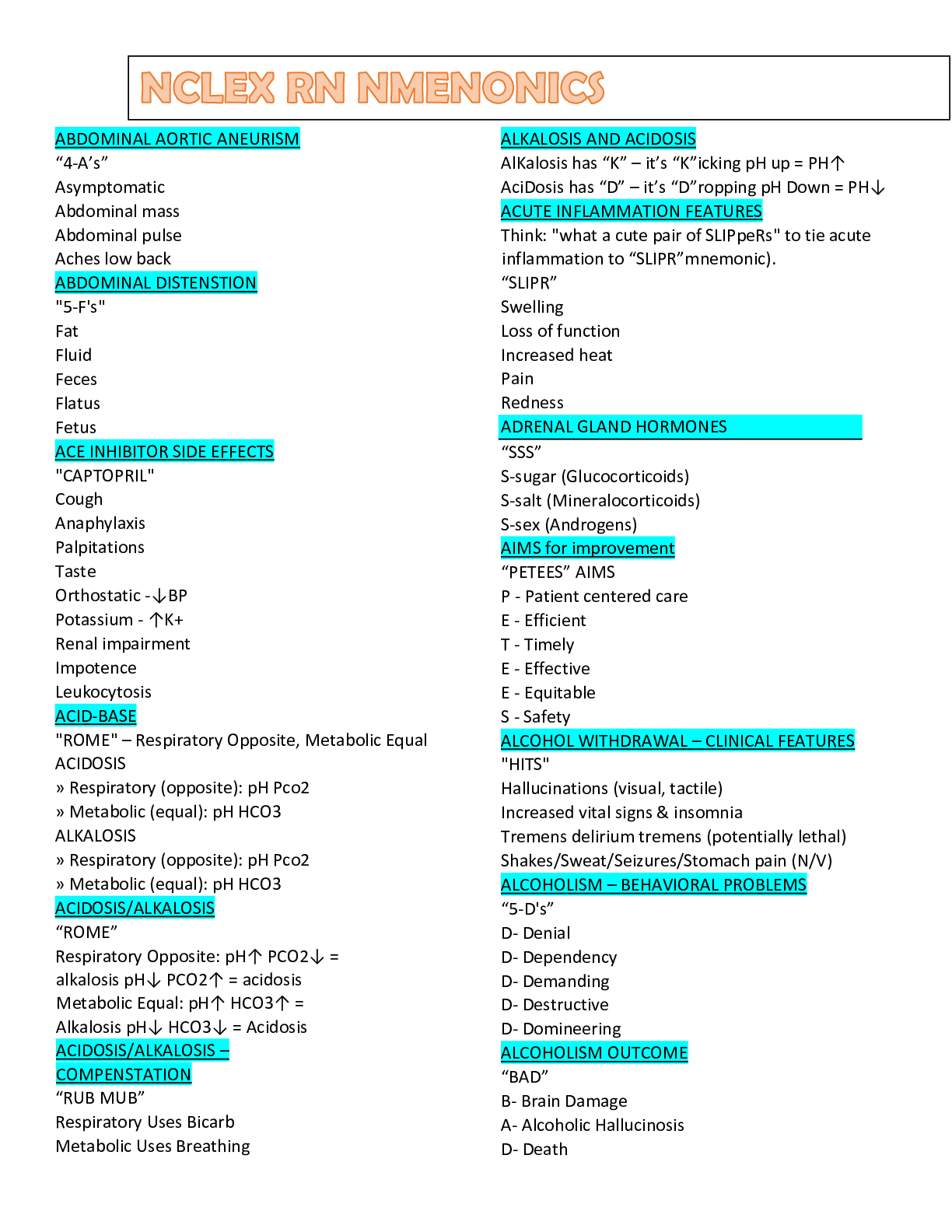


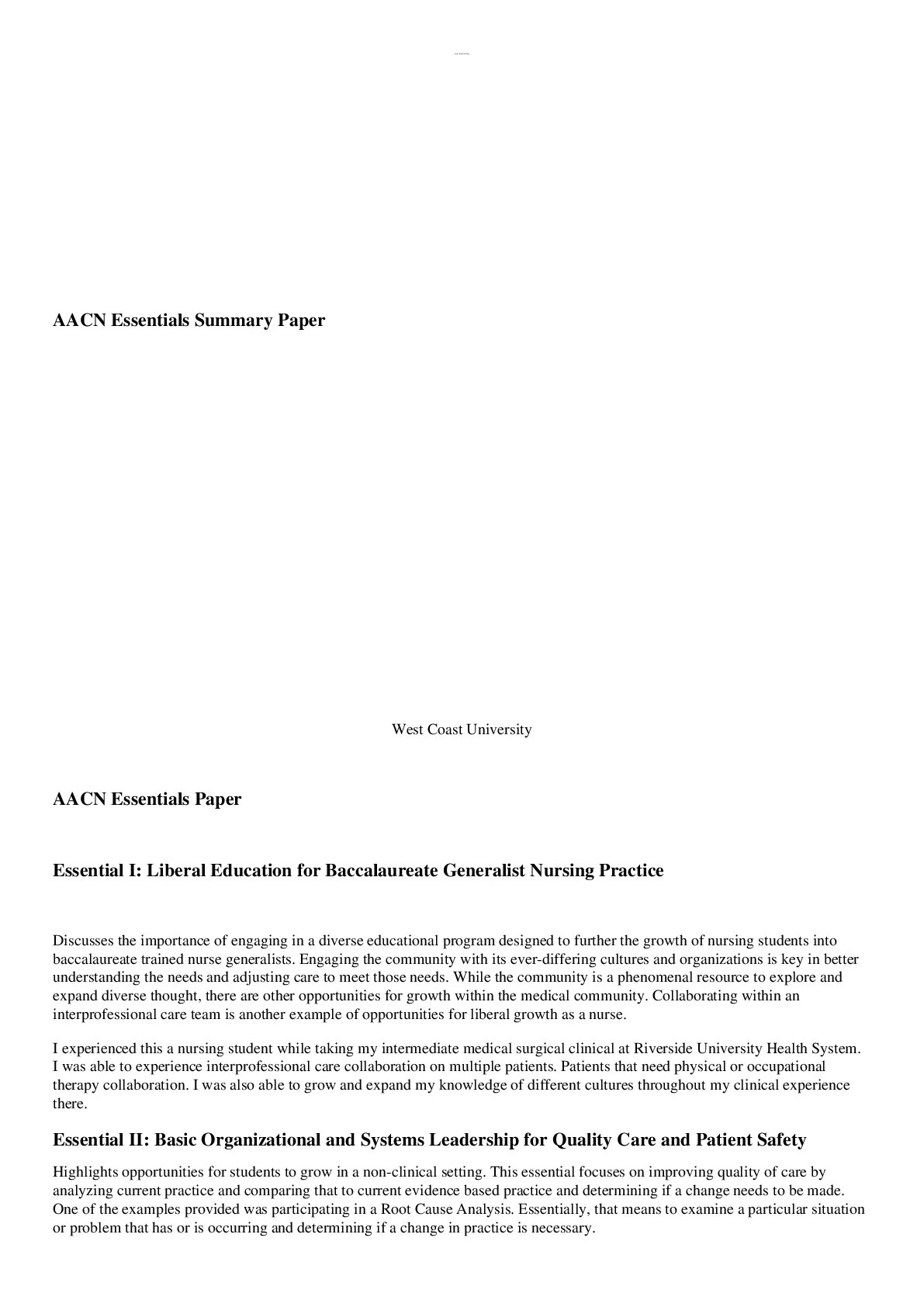
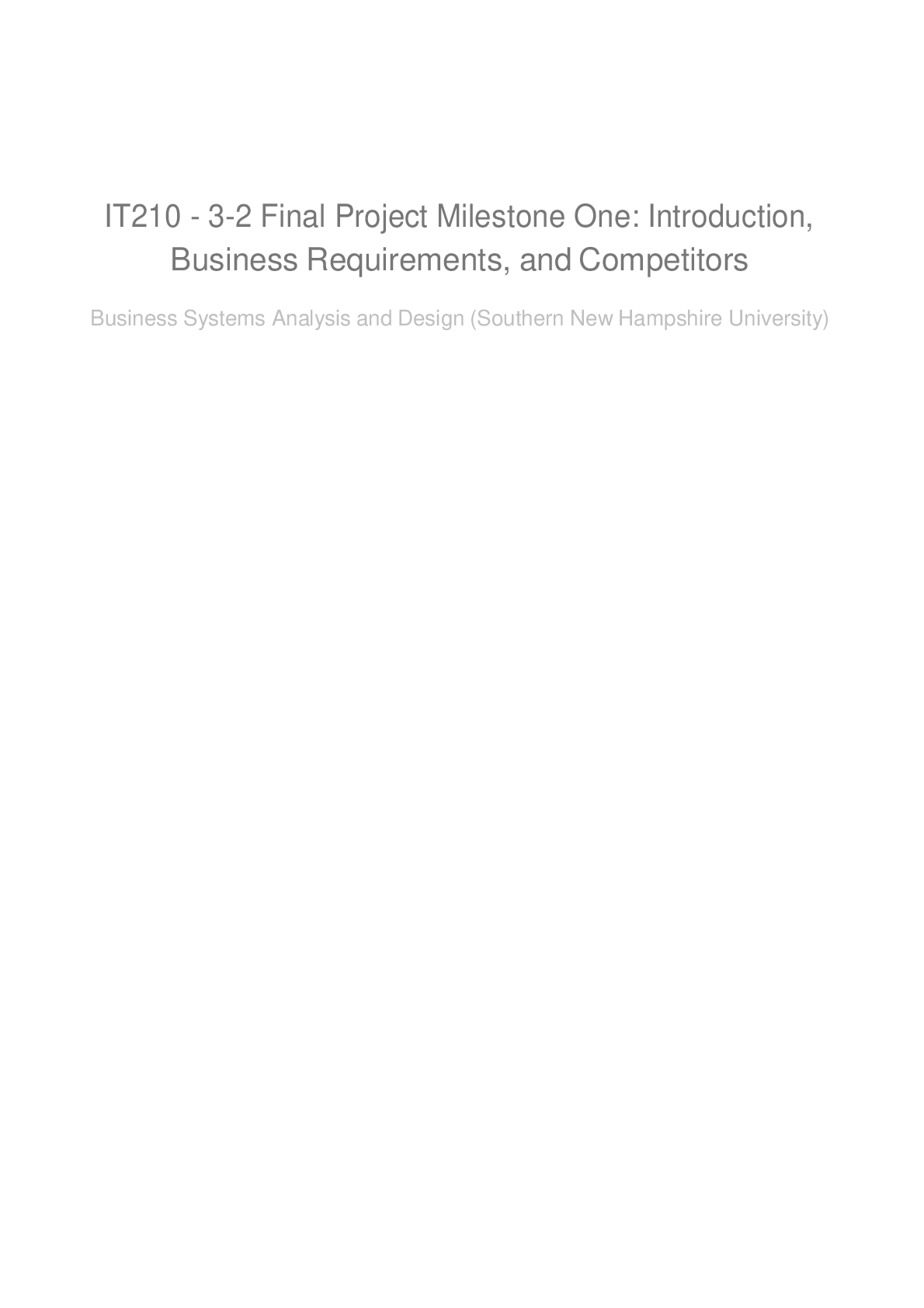


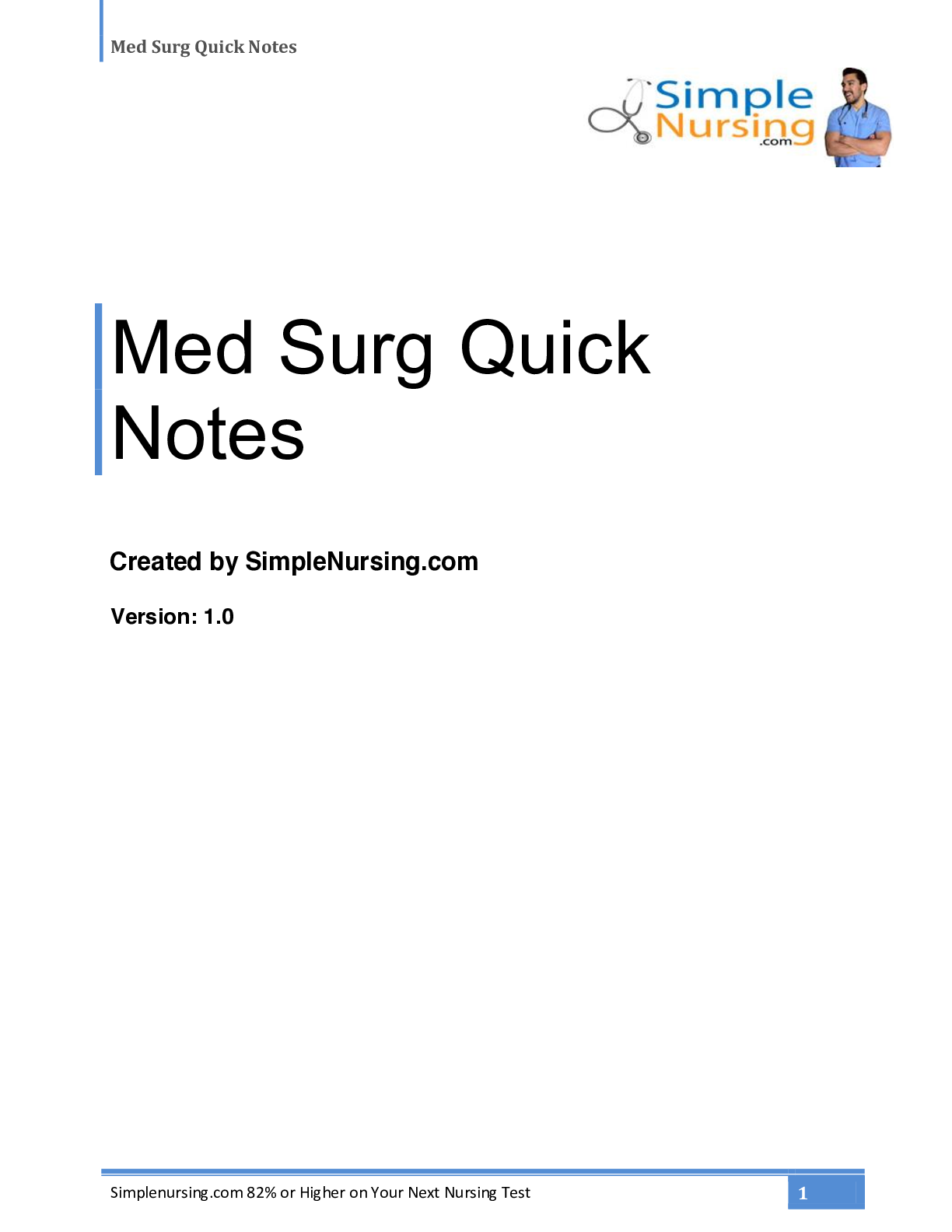
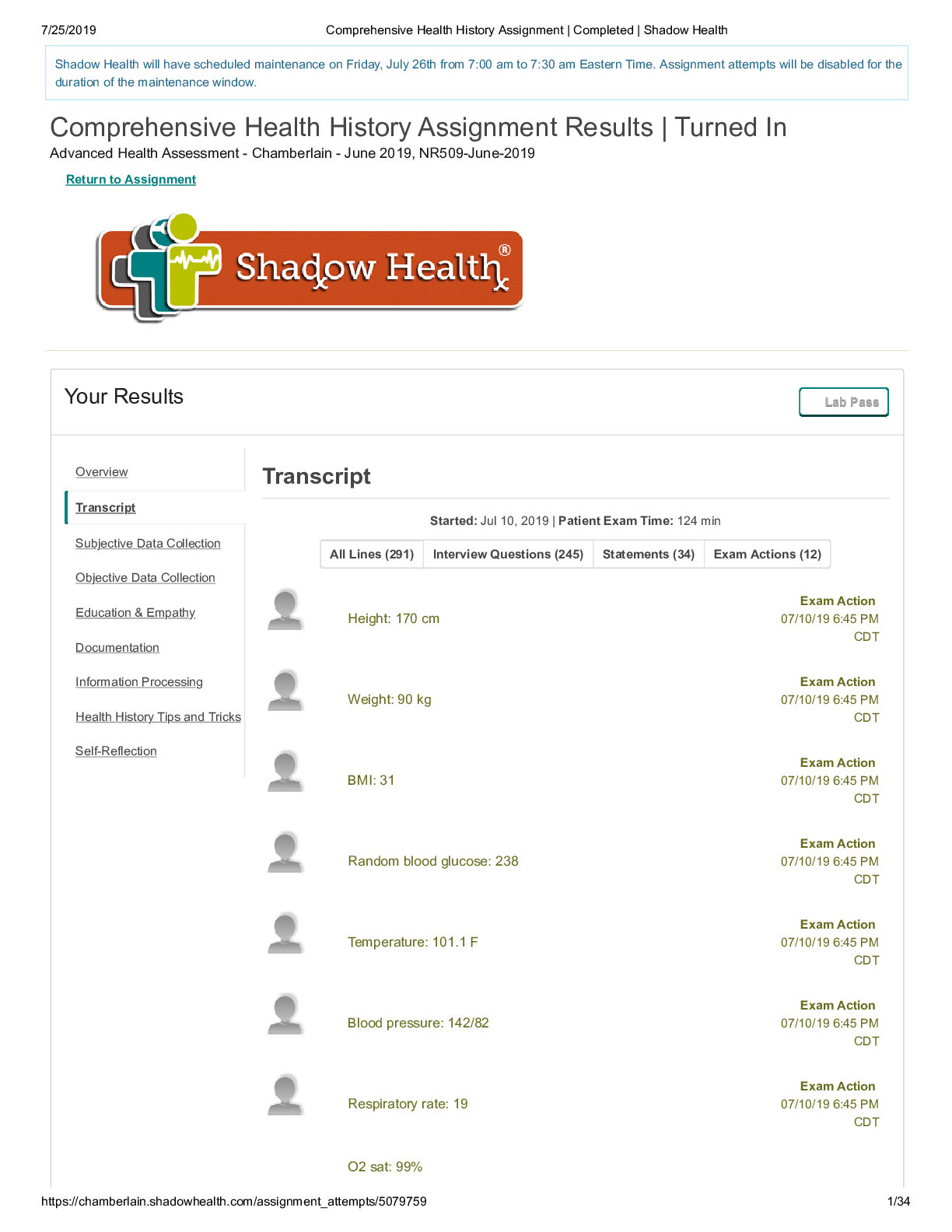
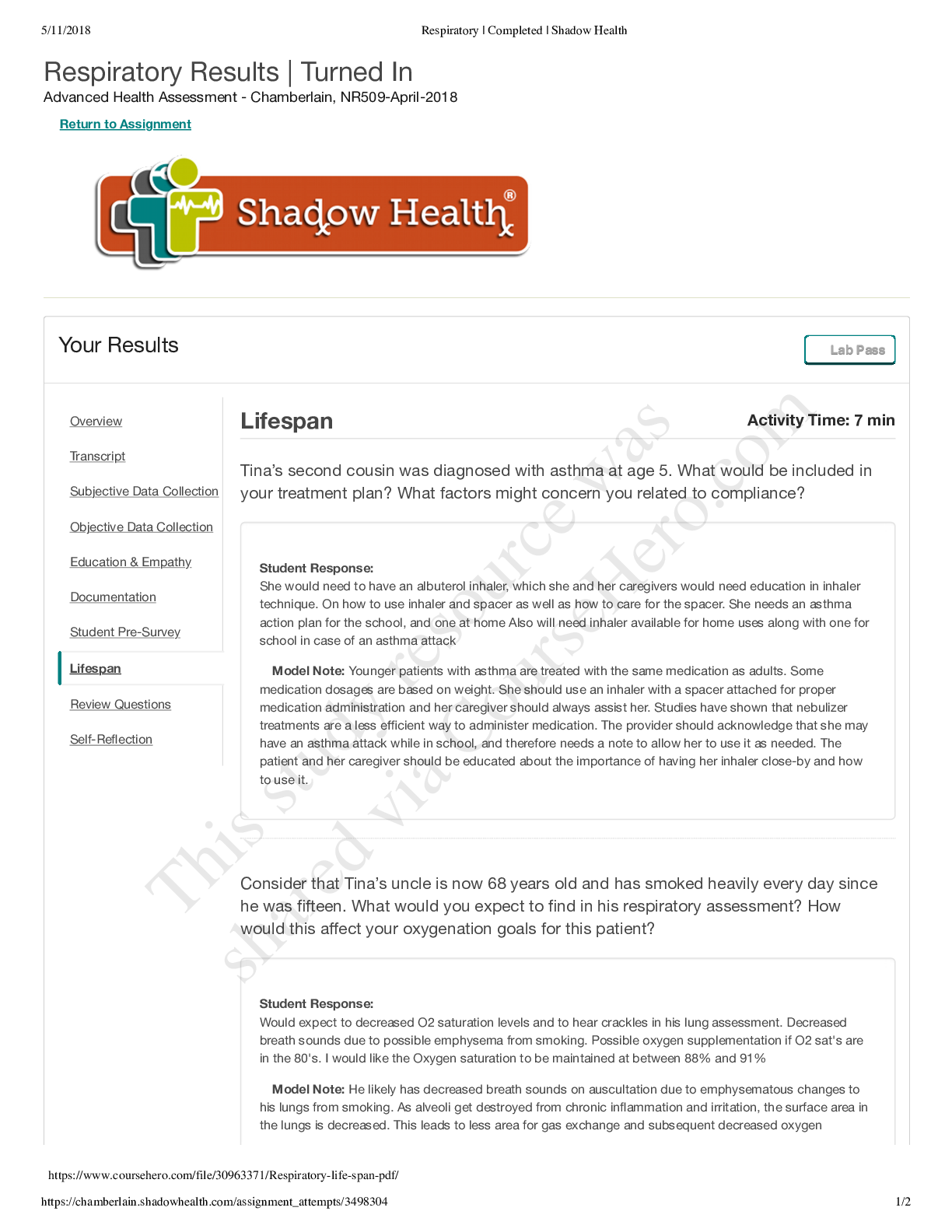


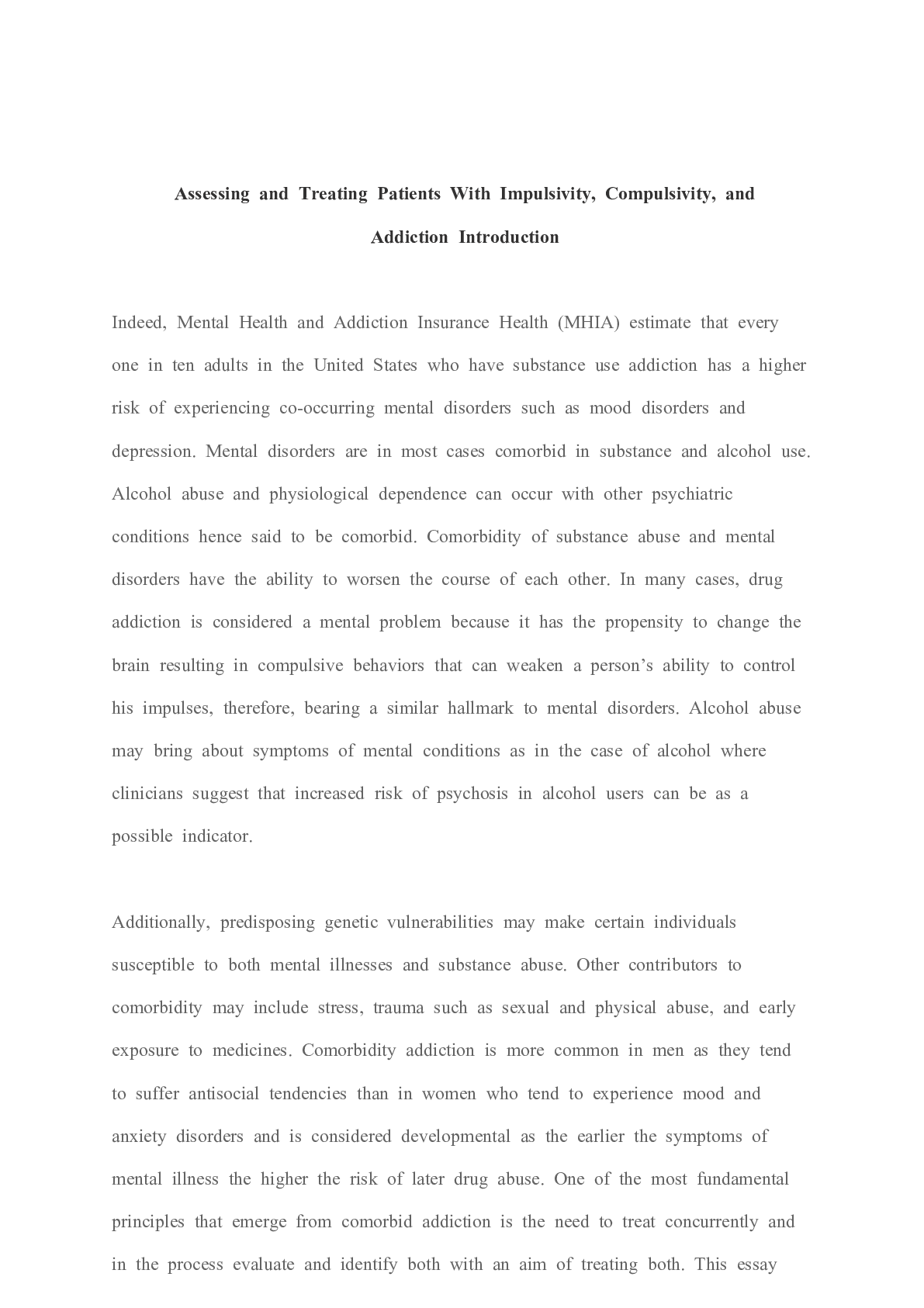



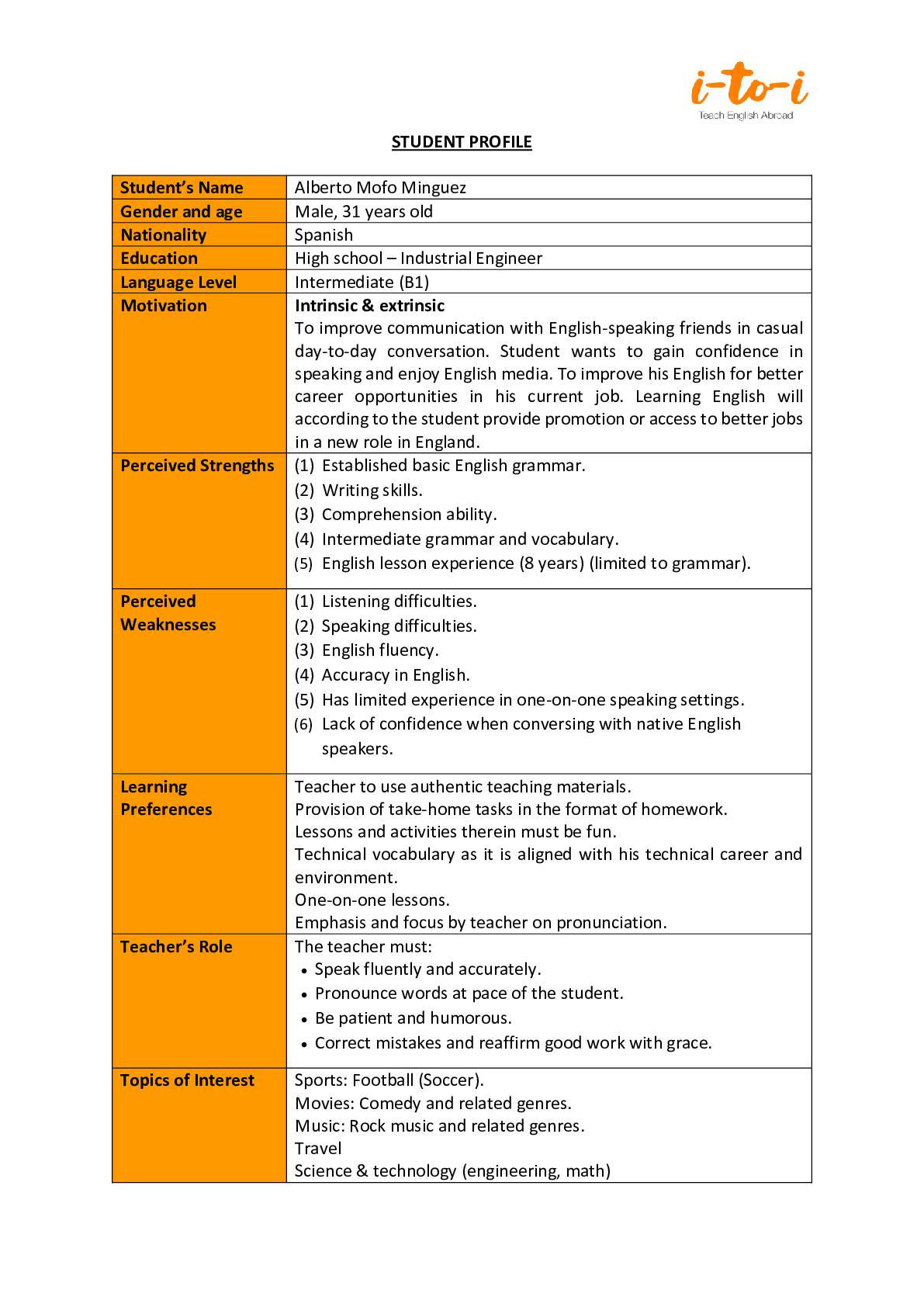
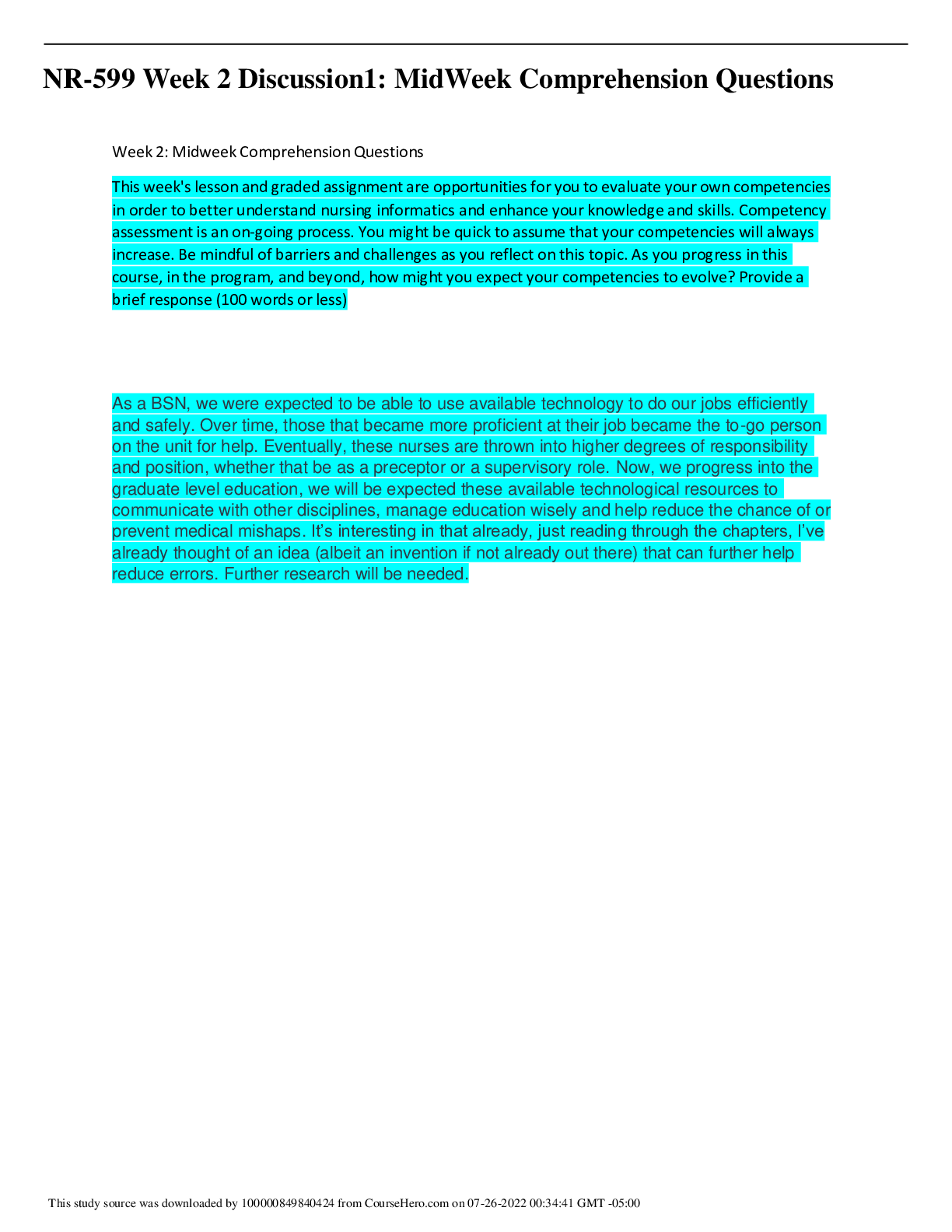

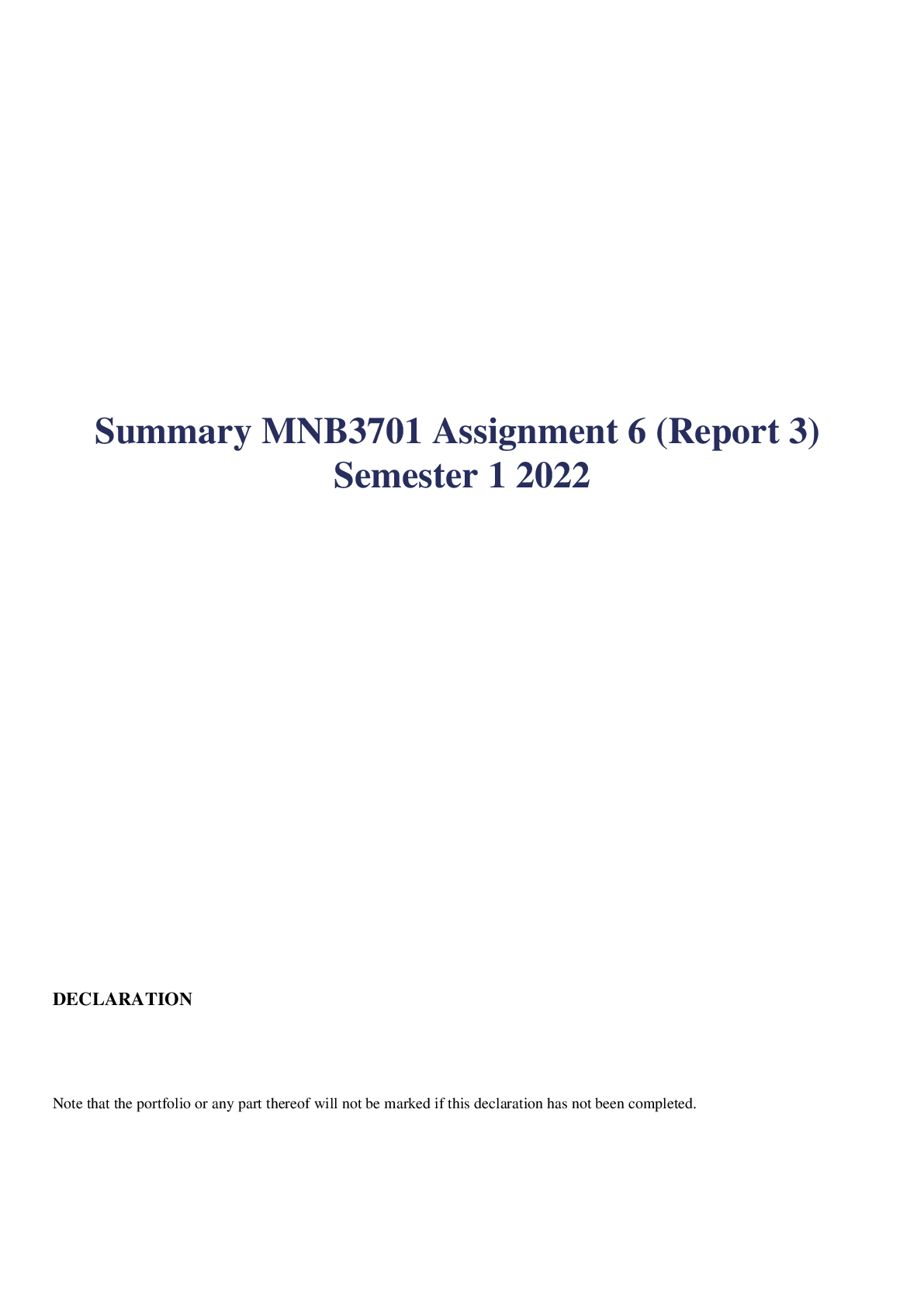
.png)

